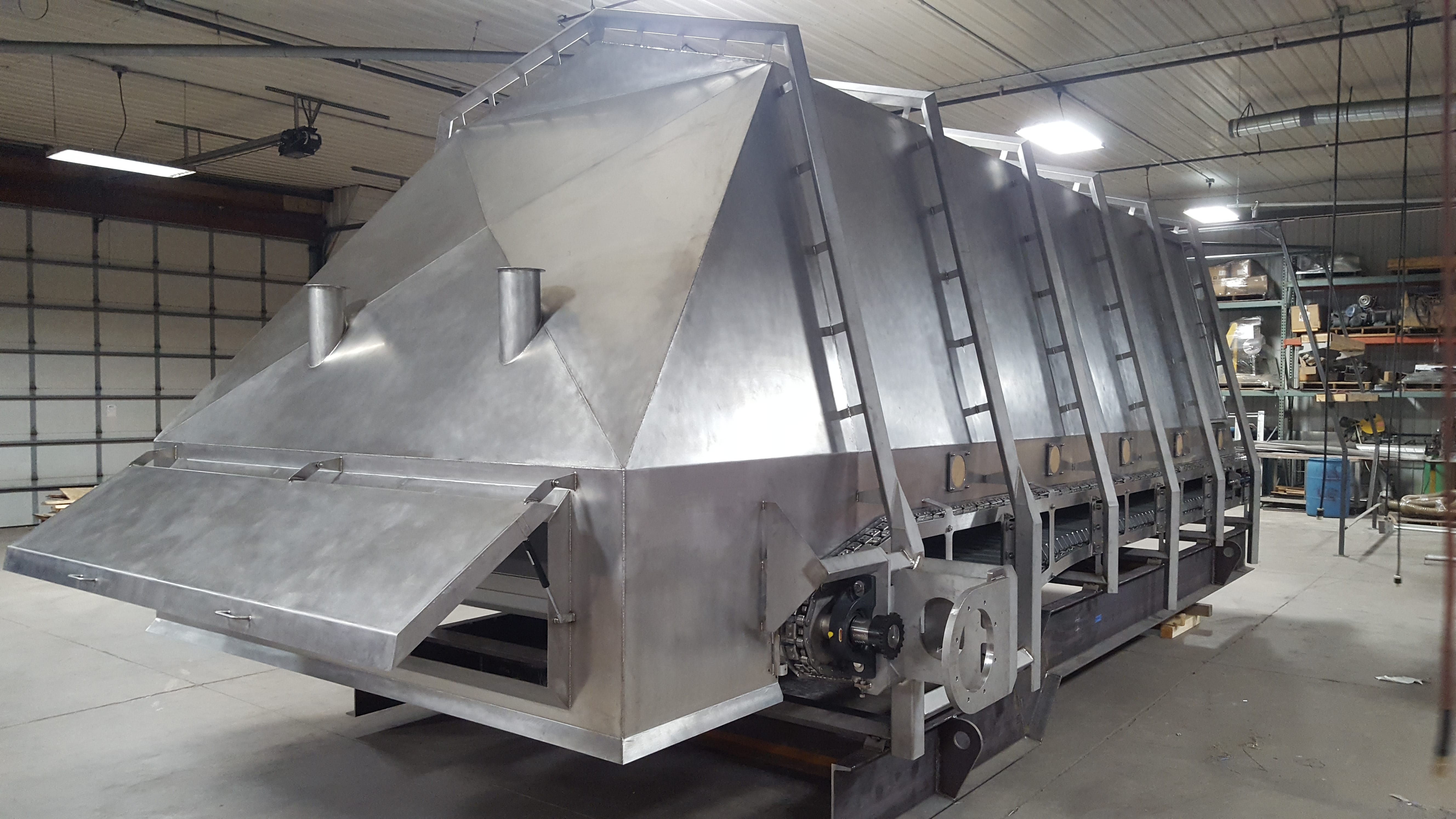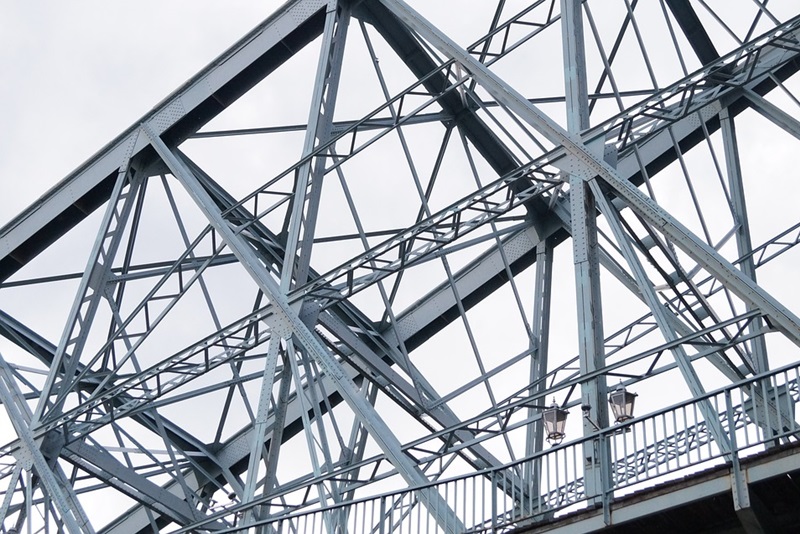Comprehensive Evaluation of Cutting-Edge Techniques in Steel Manufacture Sector
As the steel fabrication industry proceeds to progress, the combination of advanced techniques has ended up being important for staying competitive and fulfilling the needs of contemporary manufacturing standards. In this vibrant market where innovation plays an essential function, recognizing the nuances of these advanced methods is not just a choice however a need for those looking to create in advance in the ever-evolving globe of steel manufacture.
Laser Cutting Advancements
In the realm of steel construction, laser cutting innovations have actually transformed the precision and effectiveness of metal shaping processes. By using the power of concentrated laser beam of lights, makers can currently accomplish unrivaled degrees of accuracy when reducing with different kinds of steels. This modern technology allows detailed styles to be performed with marginal material wastefulness, making it an economical remedy for markets needing high precision components.
Among the crucial advantages of laser cutting is its capacity to manage a vast array of materials, consisting of stainless-steel, aluminum, and carbon steel, effortlessly. The procedure produces clean, burr-free edges, getting rid of the requirement for additional finishing actions. Additionally, the non-contact nature of laser reducing decreases the danger of product contamination, leading to greater top quality final product.
Additionally, laser reducing equipments can be set to make swift, precise cuts, substantially minimizing manufacturing time compared to traditional reducing methods. This rate and precision make laser reducing especially appropriate for mass manufacturing settings where efficiency is vital. As innovation proceeds to advancement, laser cutting is poised to play a progressively essential role in the steel fabrication industry.

CNC Machining Innovations
The evolution of CNC machining innovations has actually ushered in a new period of precision and effectiveness in the steel manufacture sector. Computer System Numerical Control (CNC) devices have actually revolutionized steel construction by offering unmatched precision and repeatability in the production process. steel fixing. Among the vital innovations in CNC machining is the combination of sophisticated software program systems that enable real-time monitoring and adjustments, causing improved efficiency and quality control
Additionally, the advancement of multi-axis CNC equipments has actually permitted for the fabrication of complex steel parts with elaborate layouts that were formerly testing to produce. These equipments can execute a large range of machining operations, including milling, drilling, turning, and grinding, all with high degrees of accuracy.
In addition, the consolidation of automation and robotics in CNC machining has streamlined production procedures, decreased preparations, and reduced the margin of error. This assimilation of innovative technologies not only improves effectiveness however additionally ensures constant quality throughout all made steel parts. To conclude, CNC machining developments remain to drive advancements in the steel fabrication industry, setting brand-new requirements for accuracy and performance.
Automated Welding Technologies
Automated welding modern technologies have actually transformed the steel fabrication market, improving performance and accuracy in the welding procedure. These cutting-edge modern technologies make use of computer-controlled systems to automate the welding procedure, resulting in higher efficiency levels and boosted weld quality. Among the essential benefits of automated welding is the capability to carry out complex welds with consistent accuracy, decreasing the likelihood of mistakes and rework.
Robotic welding systems are at the center of automated welding modern technologies, using unmatched rate and precision. These systems can handle a large range of welding jobs, from basic to complex, easily (steel fabrication melbourne). By making use of innovative sensing units and software application, robot welders can adjust to variants in product and joint geometry, ensuring an attire and trustworthy weld
Moreover, automated welding modern technologies improve work environment safety and security by decreasing the exposure of human welders to hazardous fumes and intense warm. As the steel manufacture market remains to develop, including automated welding modern technologies will be crucial for business aiming to stay affordable and meet the growing needs for high-quality bonded items.
Robotics Integration in Manufacture
Making use of robot systems in construction processes has actually become a crucial approach for boosting effectiveness and precision in modern production environments. Robotics assimilation in steel fabrication uses a myriad of benefits, consisting of enhanced productivity, enhanced quality assurance, and boosted security procedures. These sophisticated robotic systems are outfitted with advanced sensing units and programs capacities, allowing them to perform complex tasks with a high degree of precision and repeatability.
Among the crucial benefits of robotics combination in steel fabrication is the capacity to automate repeated jobs, such as material handling, reducing, welding, and assembly procedures. This not only quickens production try here cycles however likewise minimizes the risk of human error, causing greater overall product quality. Furthermore, robots can operate 24/7, considerably improving manufacturing outcome and conference tight job deadlines.

3D Printing in Steel Production
Having revolutionized the steel manufacture sector with robotics assimilation, the expanding exploration of 3D printing in steel production is poised to further advancement the realm of modern manufacturing techniques. 3D printing, additionally referred to as additive manufacturing, supplies unprecedented style flexibility and intricacy, enabling the creation of intricate steel frameworks that were previously unattainable through traditional production techniques. By utilizing computer-aided design (CAD) software application, suppliers can precisely control the layer-by-layer deposition of steel product, resulting in get rid of enhanced geometries and functionalities.
Among the essential benefits of 3D sites printing in steel manufacturing is its capability to lower material waste significantly. Unlike subtractive manufacturing procedures where excess product is cut away, 3D printing only makes use of the essential quantity of steel required for the final component. This effectiveness not just leads to cost financial savings however additionally aligns with sustainable production techniques by reducing ecological impact.
Additionally, 3D printing enables fast prototyping and modification, permitting for the production of tiny sets of intricate steel elements with short preparations. As the innovation continues to grow and end up being extra easily accessible, its combination into mainstream steel manufacture procedures is expected to drive technology and effectiveness across the sector.
Conclusion
Finally, the steel construction industry has actually seen considerable innovations in methods such as laser cutting, CNC machining, automated welding, robotics combination, and 3D printing. These advanced technologies have actually changed the way steel products are produced, causing raised cost-effectiveness, effectiveness, and accuracy. Continued financial investment in these ingenious techniques is vital for the industry to stay competitive and meet the demands of modern manufacturing procedures.
As the steel manufacture market continues to advance, the combination of advanced methods has actually become necessary for remaining affordable and satisfying the demands of modern manufacturing requirements.One of the essential benefits of laser cutting is its capacity to manage a broad array of materials, including stainless steel, aluminum, and carbon steel, with convenience.Automated welding innovations have changed the steel fabrication industry, improving efficiency and precision in the welding process.Having changed the steel fabrication industry via robotics combination, the burgeoning expedition of 3D printing in steel production is positioned to more advancement the realm of modern-day production methods.In conclusion, the steel fabrication market has actually seen significant improvements in strategies web link such as laser cutting, CNC machining, automated welding, robotics combination, and 3D printing.